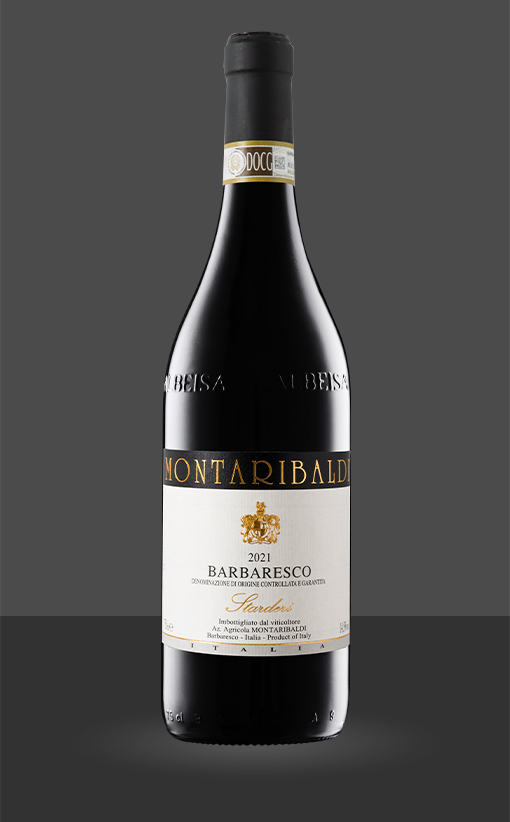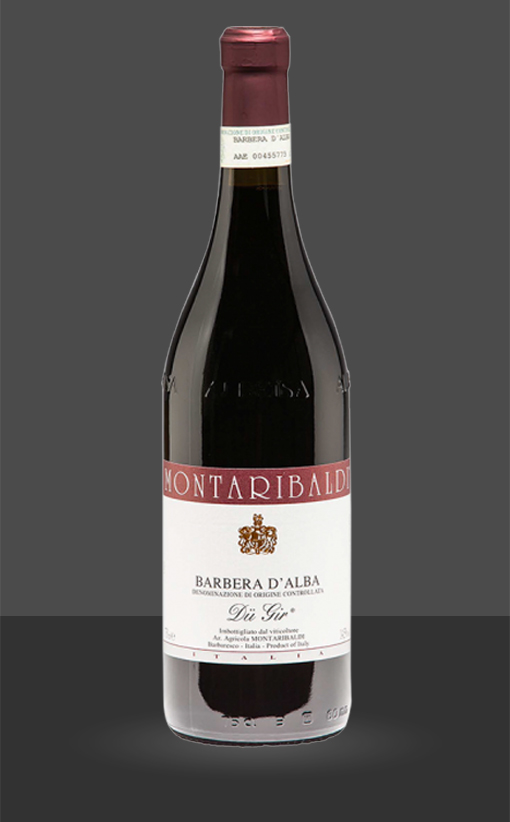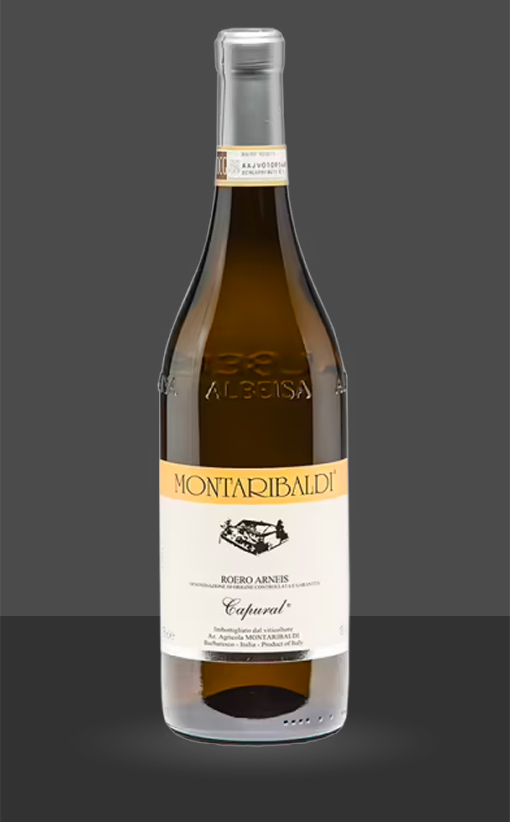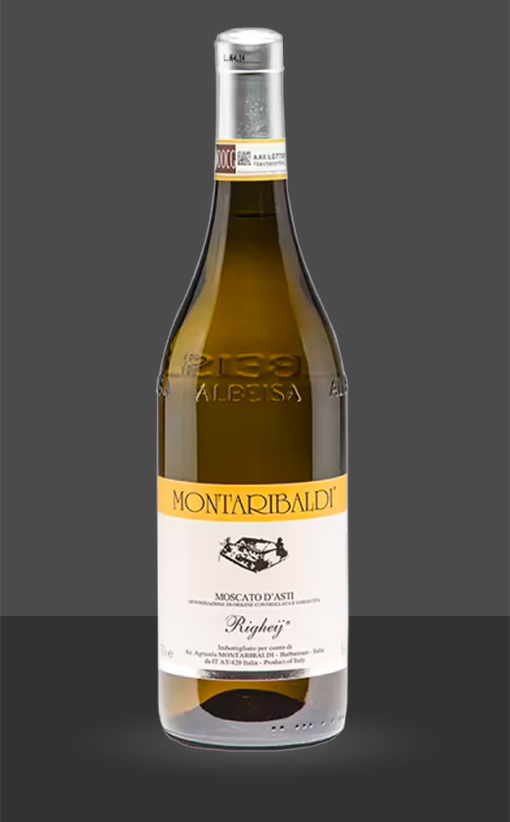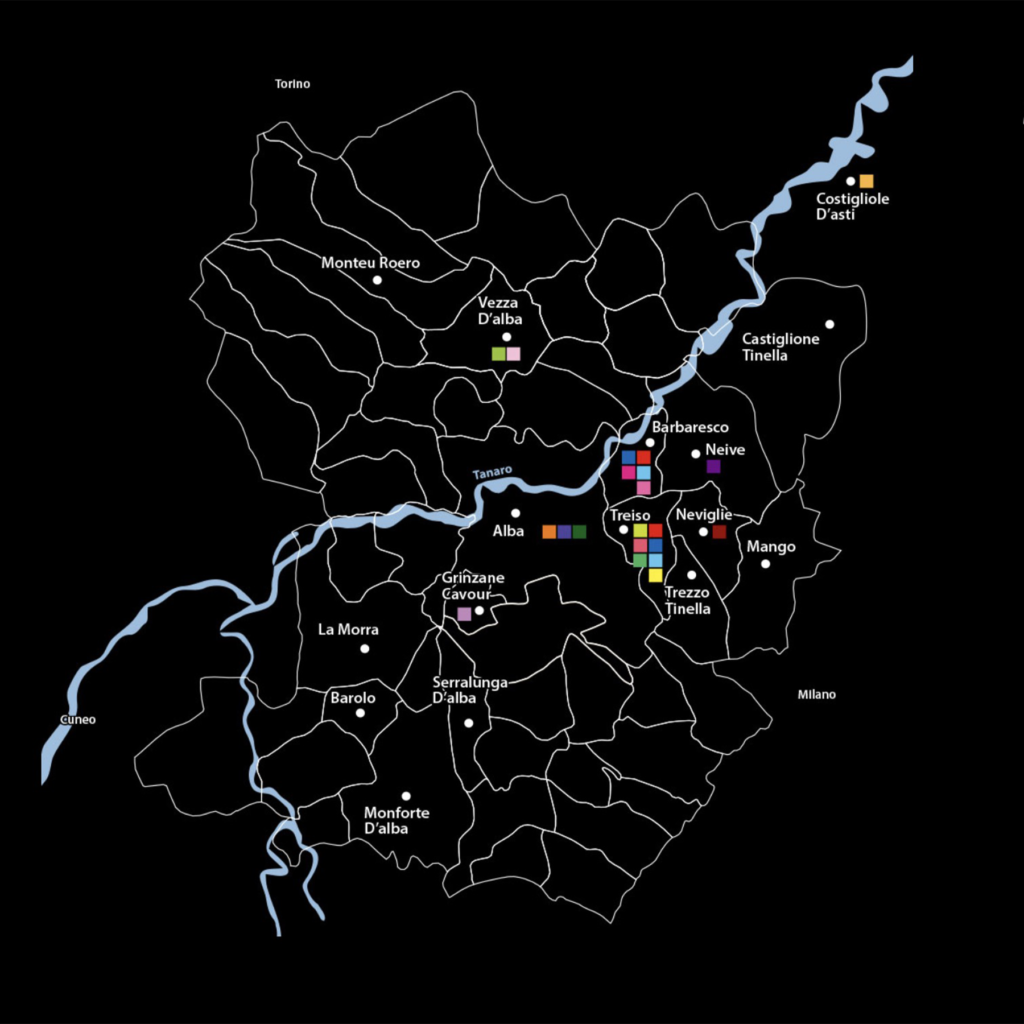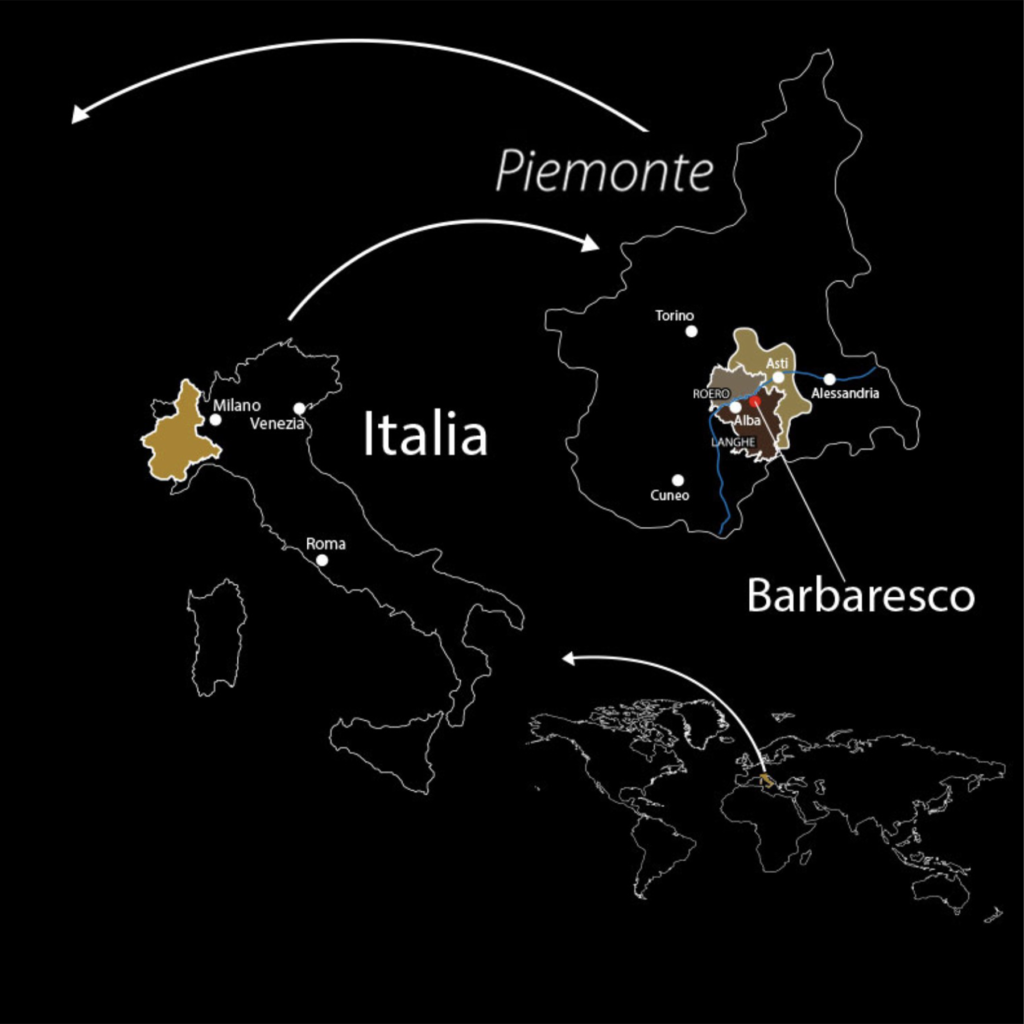Vineyard Wines… practically
VINEYARD WINES:
Are not organic wines
Because we do not think that the name “Bio”, the certification, the not-too-strict regulations are the right ways to make healthier and better wines.
Are not biodynamic wines
Because we strongly believe that it is better a system based on Integrated Production, a system which aims to reduce the impacts with innovation rather than using techniques which do not have any scientific basis.
Are not “natural wines”
Because, even if we also absolutely do not want to “modify” the features of the grapes, we do think that they must be preserved and protected against the transformations.
So, here following we want to give you few more information about how we make our VINEYARD WINES.
Using short videos, we also decided to bring you directly at the winery, and to show you, practically, what we mean. Maybe we are the only ones in Piedmont having made this choice, but, since, of course, the activities and the tasks we carry out during the years depend on Mother Nature, some of the videos are already available, while some others will be updated later, according with the natural flow of the time.
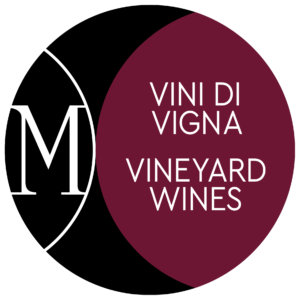
Top quality: vineyard operations and management
Guyot pruning
Pruning is the first operation of the production process. Every winter 80% of the aerial part of the plants is removed, to confine the growing system, but, most of all, to regulate its production both in quantitative and qualitative terms.
Since this is a invasive operation, a number of measures is performed to reduce its impact.
For example, the pruning system used is the Guyot “head of willow”. With this technique, the cuts are concentrated on the vine stock (the “head of willow”) and they are thus made on young wood (1-3 years) instead of on the older one (10-20 years).
Pruning period: January, February because in this period the vines are on vegetative stasis.
Tying the fruit cane
In February, during the most humid days, the canes are horizontally bent and tied to the first training wire.
Bending is of crucial importance because it creates a constriction of the lymphatic flux and a greater uniformity in terms of growth of all the buds of the fruit cane.
Montaribaldi carry out a very narrow bending, close to 90°. Also the fruit cane is positioned toward East.
In this way, the better development of the buds is granted. This is because they will tend to have a vertical position and not an oblique one. In this way, the grape bunches will get the perfect exposure to the sun.
Removal of side-growth and suckering
This is the first kind of green pruning and it is performed in late Spring (May) when the sprouts have reached 30 cm length. It consists in removing the sprouts which could lead to excessive dense vegetation in the leaf wall.
This kind of operation it is important from two different points of view. First of all, to pick the best sprouts for the production of the millesime, because the energies of the plants will be given to the selected sprouts. Secondly, to allow the uniform development of the leaf wall which is so crucial for the correct ripening of the grapes.
Trellising and pollarding
The sprouts selected with the removal of the side-growth rapidly develop and reach the top of the counter-espalier.
This essentially due to the high “climatic pressure” between May and June (good water availability and medium-high temperatures). Choosing the right moment to insert and tie the sprouts to the training wires, is of fundamental importance and it depends the climatic conditions, the cultivar and the warp of the espalier.
This allows the even distribution of the sprouts so to have an efficient leaf wall (well exposed to the sunlight), and this considerably affects the good results of the following operations carried out to clean the bunch area.
When the leaf wall reaches and passes the last training wire on the trellis, the ends are cut (pollarding). The aim of this operation is to better nourish the bunches. With the asportation of the shoot tips the flux of the nutritional substances is diverted to the bunches, so to grant them better development.
Offshoot removal
The leaf wall is now well-formed and fixed on the trellis. In June, when the trellising is completed, the focus is on the cleansing of the bunch area, especially on the offshoot removal. Offshoots are side canes which develop on the primary canes, close to the knots, at the axilla of the leaf.
To grant the perfect exposure of the grape bunches to the sunlight (fundamental for the correct ripening) and to reduce the fungal infections, these green parts are taken off.
At Montaribaldi we do not do this in the same way every vintage (i.e. in a standardized way), but we first evaluate the trend of the year and then we choose if, when and how to remove the offshoots.
Total permanent grassing of the vineyards
The different herb essences are often seen as infesting the vineyards.
Actually, if correctly managed, they can bring several positive effects. Montaribaldi encourages the grassing, doing only mowing.
In this way the ground keeps a good level of organic substance and the competition for the nutrients between the turf and the vines creates a reduction of the production yields in favor of the quality of the grapes.
Ripening control
Analytical and visual controls allow us to evaluate the ripening point of the grapes.
In this way we can really understand the objective level of ripening and establish the optimal timing for the harvest.
This is very important in order to avoid early harvests which would not allow us to get all the qualitative potential from the grapes.
At Montaribaldi we always try to postpone as long as possible the time for the harvest, so to grant the perfect ripening.
Results
No thinning of the grape bunches:
All the little interventions carried out allow us to arrive at the harvest time with an even production. In this way the thinning of the grape bunches -an operation which is invasive for the vines and not good for the correct ripening of the grapes- it is not necessary anymore.
Taking care of every single vine:
As in a human population there are different individuals, in a vineyard every single vine has its personal behavior. Meticulously putting in practice the above operations and techniques, it is up to the grower to decide which plant needs which technique (in terms of winter pruning, green pruning, production yields, which height the grass should reach before being cut, when to cut the grass, etc.).
In this way it is possible to make the vine producing the best possible QUALITY in the current and next vintages. Moreover, these techniques have also a positive impact on the health of the vines with a consequent increase of their life and, the older the vine the better the quality of the wine.
Top quality: operations and management in the cellar
Respectful vinification
You can make great wines only if you have high-quality grapes, and when the grapes arrive to the cellar with the specific goal to being worked gently and not to spoil what the Nature gave during the year.
Light filtrations
The main point of filtrations is to reduce the turbidness and to remove the small particles which are suspended into the wine and which may cause problems in terms of deposit. At the same time this operation may cause a reduction of the qualitative features of the wines. For this reason, so not to spoil and to protect the organoleptic features of the wine, at Montaribaldi we reduce them as much as possible.
Tartaric stabilization only by means of the wintriness
The tartaric stabilization consists in lowering the temperature of the wine (until -4/0°C) so to help the precipitation of tartrates and to consequently being able to remove them and to avoid that this happens once the wine is in the bottle. This operation, anyway, also causes an impoverishment of the organoleptic profile of the wine. This is the reason why at Montaribaldi we carry out a light stabilization (5/10°C) taking advantage only of the wintriness. We know that we risk occasionally deposits in a few bottles, but on the other hand, in this way we preserve the feature of the wine.
Respecting and representing the unique features of our territories
We are committed to producing each of our wines with grapes coming from one or more dedicated vineyards. In this way we are able to represent, through every single bottle, the features and the uniqueness of our territory.
However, depending on the conditions and the characteristics of each harvest, the production destination of the picked grapes may vary slightly depending on the vintage, so that the wines are always and only the best possible expression of the daily work we do in our vineyards throughout the year.
Rationalization of the use of sulphites
Regulations for conventional wines impose: 150mg/L for red wines, 200 mg/L for white wines.
Regulations for wines made with organic grapes (reg. UE n. 203/2012) impose: 120 mg/L for red wines e 170 mg/L for white wines.
Thanks to a very careful vinification technique and several analytical controls, the content of sulphites in our wines is close to half if compared with the limits imposed conventional-wine regulations, and two third if compared with the limits imposed by organic-wine regulations.
Results
Even if this costs us a lot in terms of money, sacrifices and sometimes some deposit of tartrates or color, every vintage we are able to put into the bottle the representation of the cultivar, of the climate and of the vineyards, that is a VINEYARD WINE.
Eco-sustainability: operations
Integrated production
According with the Integrated Production Guidelines of the Piedmont Region, the interventions in the vineyards have to be targeted and functional, both from the agronomical and environmental safeguard point of view. The containment of the main diseases and the insects dangerous of the vines (Plasmopara viticola, Odium tucker, Botrytis cinerea, Lobesia botrana, and Saphoideus titanus) is carried out before – trying to forecast the trends (with forecasting models and traps used to monitor the insects) – and after – according with the concept of “intervention economic threshold” (intervention is performed only when the fixed percentage of diffusion of a disease is exceeded). Applying these techniques, along with a correct agronomical technique, allow us to considerably reduce agro-pharma.
Holistic approach
The vineyard is considered as a whole and not as single compartments. Every intervention is carried out evaluating all the relations between plants-climate-diseases-human interventions, which do affect production.
Border spaces
At Montaribaldi we do pay great attention not only to our vineyards, but also to everything which surrounds them, like, for example, the border spaces (hedgerows, uncultivated ground, borders). These are of vital importance to reach both functional diversity (refuge areas for useful insects, buffer zones) and scenic diversity of the agro-ecosystem.
Natural permanent grassing
Permanent grassing has positive effects not only in terms of improvement the quality of the grapes, but it is also a powerful means to limit the erosion of the soil, to help biodiversity and to increase the content of organic substance of the soil. This last is very important for the fertility of the soil and to reduce the carbon dioxide in the atmosphere (carbon sequestration).
Re-use of by-products
Differently from the common practice, the different by-products we get after the process of transformation of the grapes in wine (stems, part of the marcs, and racking deposits) are collected and re-used in our vineyards as natural fertilizer.
Self-made vermi-compost
At Montaribaldi we make our compost and we use it to fertilize the young vines. This is made up of cattle manure which is added of worms and turned upside-down more and more times to help aeration and thus the composting process.
Using energy from renewable sources
At Montaribaldi we use electric energy made from renewable sources. Moreover, the winery is heated by a biomass (wood) boiler -90KW power- which provides hot water for totally 3/4 of the company needs.

